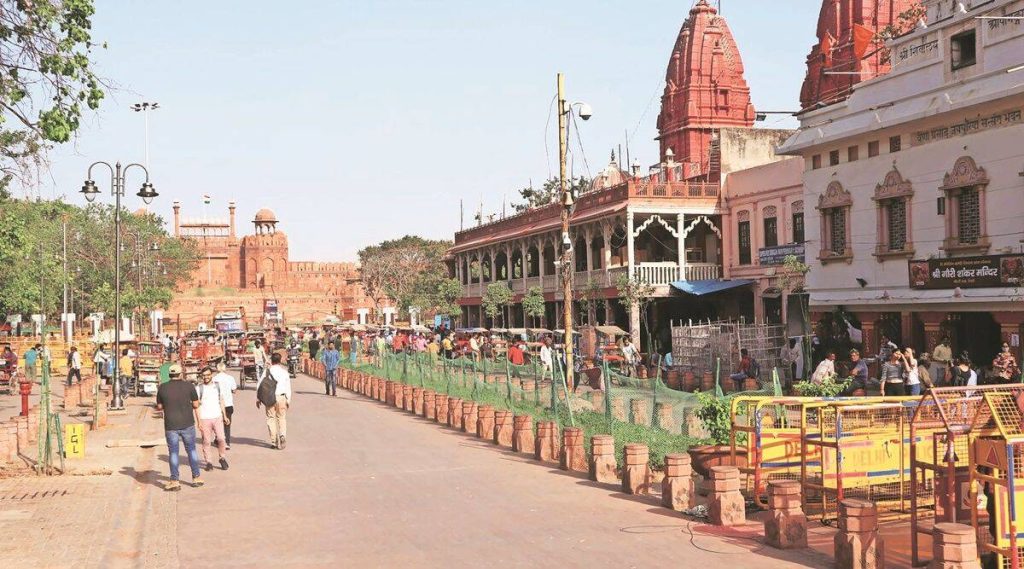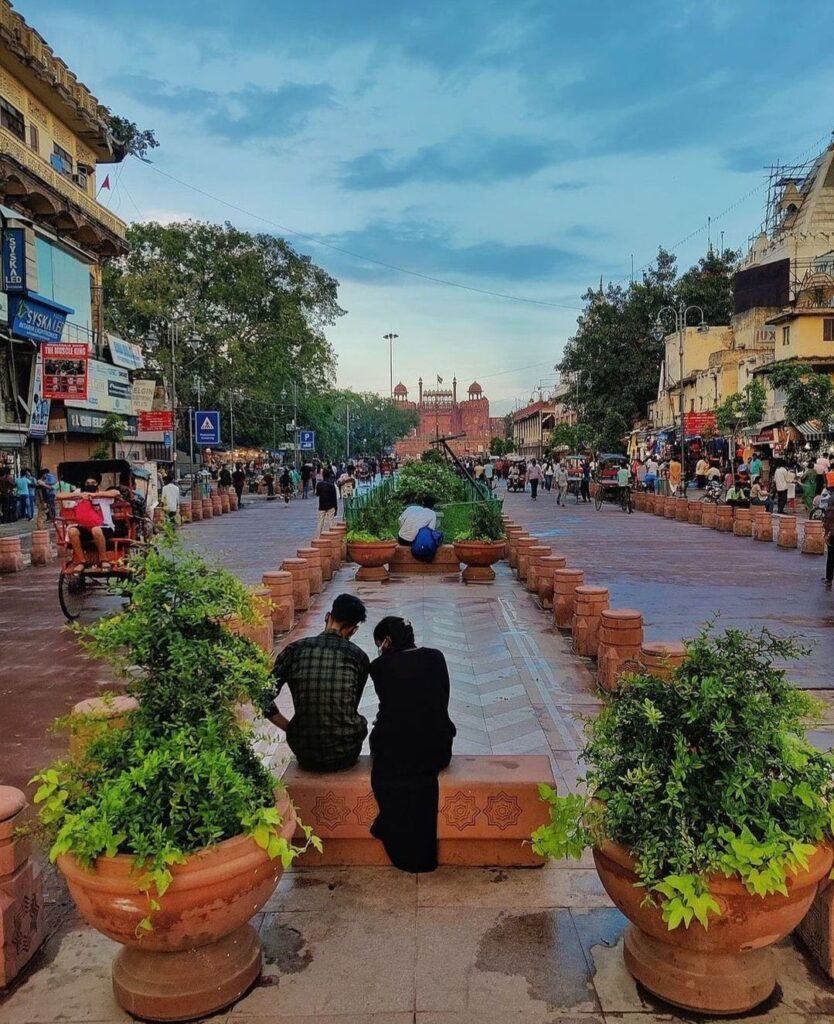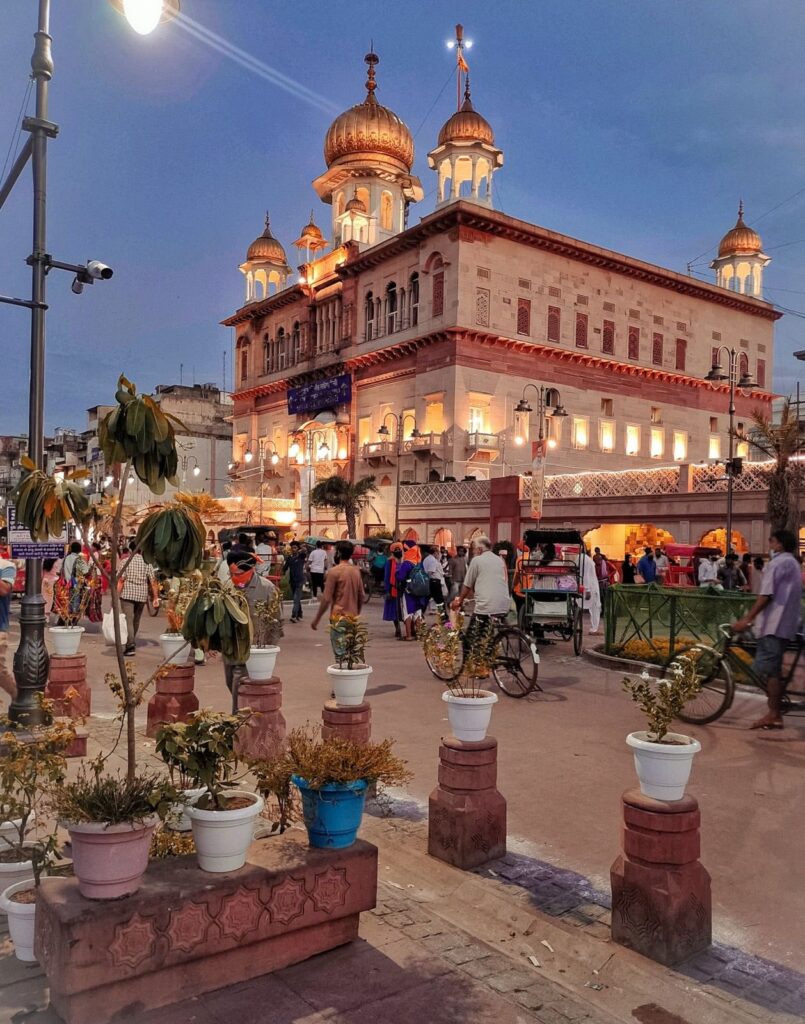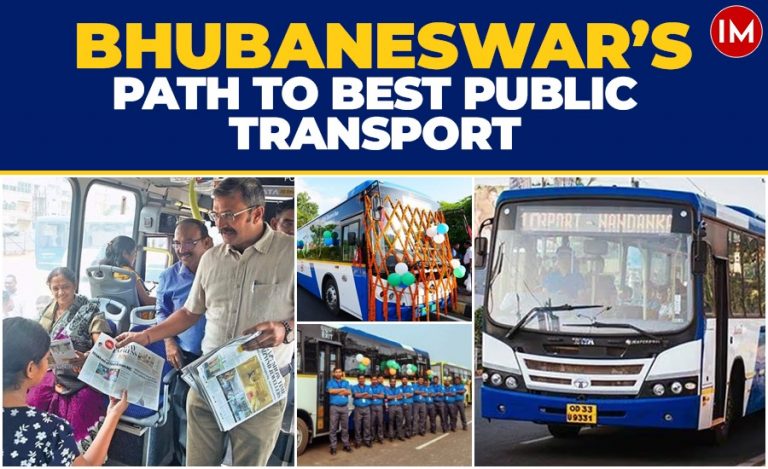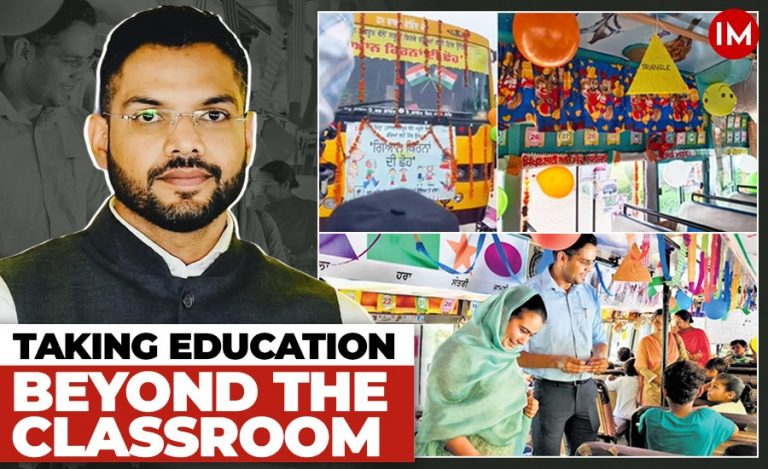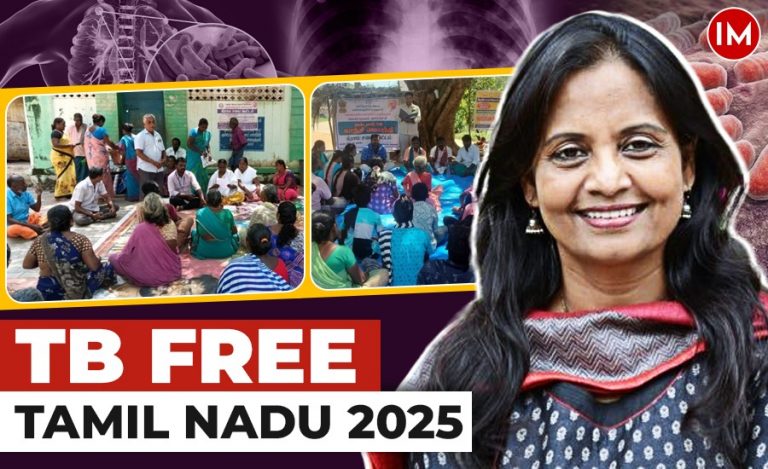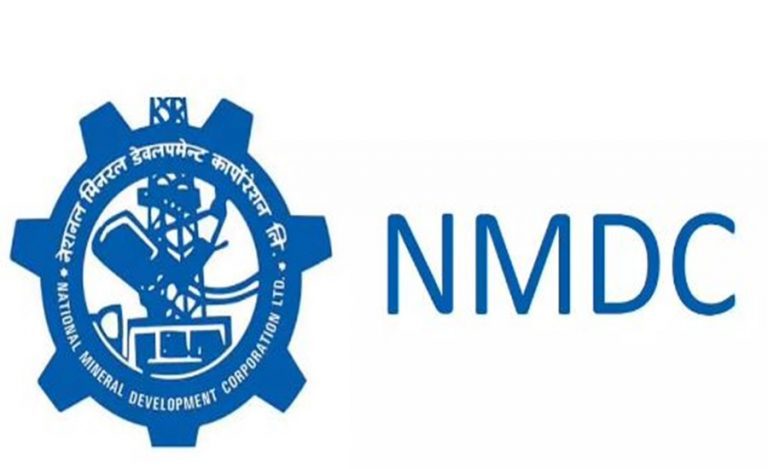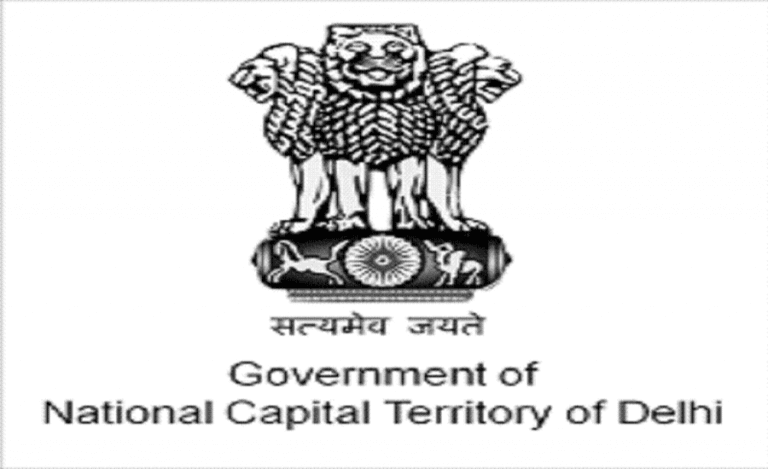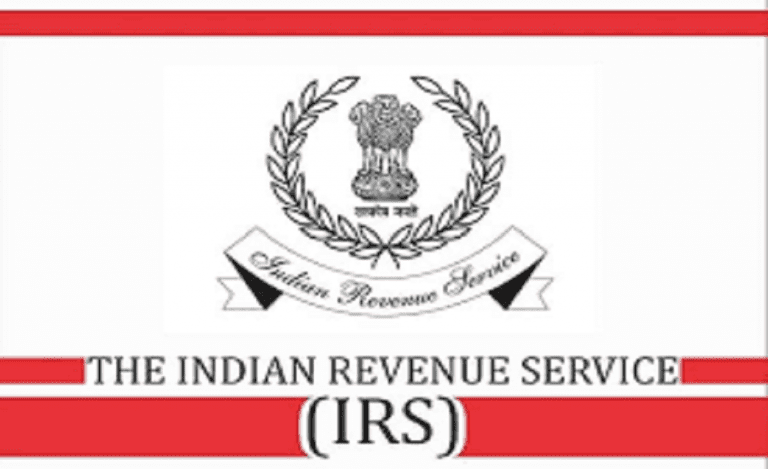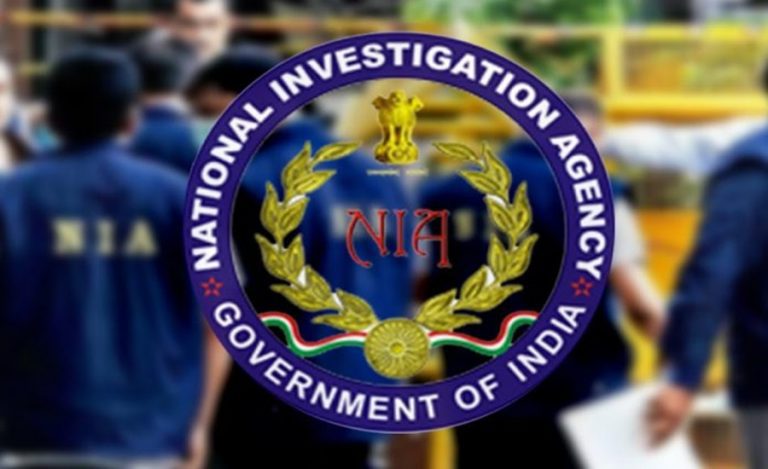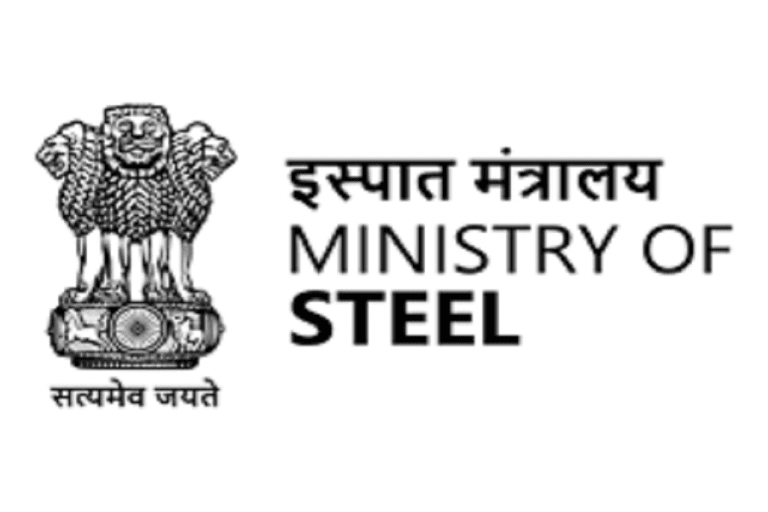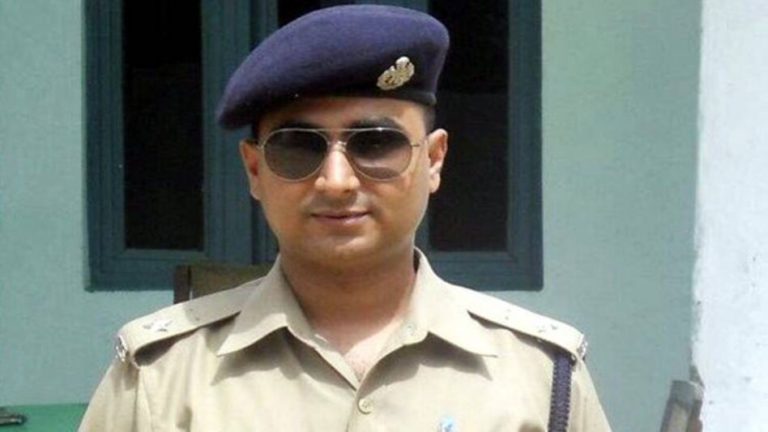Chandni Chowk was built by Mughal Emperor Shah Jahan on the crescent moon-shaped design prepared by his beautiful daughter Jahan Ara, between Lahori Gate of majestic Red Fort and Fatehpuri Mosque in 1650. The biggest wholesale market in the country, which was once famous for its Havelis (of not only moneyed and the royals but also of literary geniuses like Mirza Ghalib) had during the past few decades degenerated into a crowded and polluted commercial slum. That was a thing of the past. It has been beautified once again, not by the royals this time but by a clutch of bureaucrats.
Motorised vehicles have been barred from entering Chandni Chowk, lowering the pollution level by several notches. It has now become pedestrian-friendly and one can easily roam around its lanes and bylanes (called kutcha) and submarkets (called Katra) like Kinari Bazar, Paan Dariba, Chawdi Bazaar and Balli Maran savouring Old Delhi delicacies both vegetarian like Chaat, paranthas, kachoris and non-vegetarian Mughlai food.
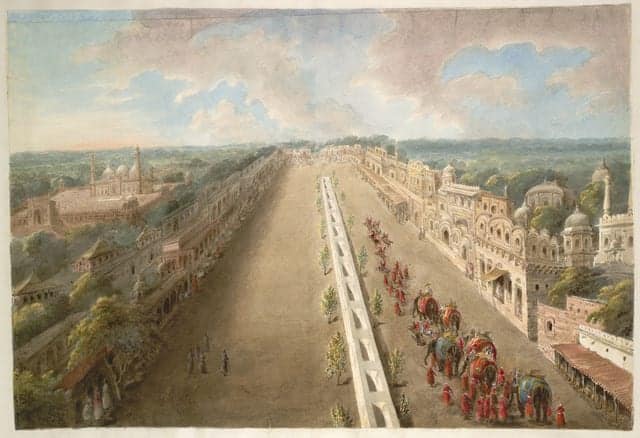
The makeover of this historic place wasn’t easy at all. Old electric and civic amenities had to be relocated without disturbing the heritage buildings like Sheeshganj Gurudwara and Town Hall that straddle Chandni Chowk. But, the team led by IAS officer Ms. Renu Sharma and DANICS officer Mr. Nitin Panigrahi, completed the herculean task in a short time span.
However, there were many challenges which came along the way in giving this historic place a makeover. On 27th August 2018, the Governing Body in the 56th Meeting of Unified Traffic and Transportation Infrastructure (Planning & Engineering) Centre (UTTIPEC) – a body created by the Government under Delhi Development Authority (DDA) in 2008 – held under the Chairmanship of Lt. Governor, Anil Baijal, approved the proposal of the redevelopment of Chandni Chowk (Red Fort to Fatehpuri Masjid).
On 7 September 2018, the Detailed Project Report (DPR) for the redevelopment of Chandni Chowk, with modification to an extent that proposed street design for Town Hall Chowk and Fountain Chowk to become public plaza, was approved by the Minister for Urban Development. It was also approved by the Board of Directors of Shahjahanabad Redevelopment Corporation (SRDC).
CHALLENGES
While speaking to Indian Masterminds, the nodal officer of the project, Mr. Nitin Panigrahi said, “The biggest challenge was to convince the stakeholders that the whole area was being pedestrianized and only non-motorized vehicle transportation will be allowed. Therefore, it began with the stakeholders’ consultation with the market associations, RWA etc., and after an approval from everyone, the project began.”

The SRDC successfully convinced the stakeholders, especially traders and residents, that unless motorised vehicles are restricted, it’s not possible to decongest the streets. Moreover, the closure of roads in phased manner helped to demonstrate how there has been a phenomenal surge in number of visitors to the area after making a part of road available for walk.

Evidently, the surge in the number of passengers at Chandni Chowk Metro Station during this period provided credentials to suggest that there has been a gradual modal shift in the area since work began in December 2018. However, to make it a complete success, the redevelopment project prioritising NMVs & pedestrians was extended to the entire area by creating a seamless network of footpaths & Non-Motorised Vehicle Lanes.
EXECUTION
According to the design, the width of the central median is about 3.5 meters, wherein 18 transformers have already been placed and a carriageway of 5.5 meters for Non-Motorized Vehicles is provided. Along with that, a footpath of 5 to 10 meters has been provided on both sides. On 1st December 2018, the project execution commenced with the target date of completion of the project as 31st March 2020, but it got delayed and was completed in September 2021.

The High Court appointed IAS officer, Ms. Renu Sharma, as the Chief Nodal officer of this project in 2017 whereas, Mr. Nitin Panigrahi is the nodal officer since 2016. Mr. Panigrahi said, “With the convergence of 18 different departments including Delhi Police, Transport Department, DMRC, North DMC, Delhi Traffic Police etc., the project was successfully executed.”

BENEFITS
According to the officer, many rumours and myths were doing the rounds when the redevelopment work was going on. He said, “Some rumours like wrong political choice, the project is bad for business were being spread. However, all these myths were busted after the project was completed. When we started the project, around 1200 vehicles used to be parked in the entire stretch in an hour, but now, no vehicle is allowed to be parked. This has reduced the traffic congestion and also contributed to improving the AQI in the particular area.”
The redevelopment project showcased that a continued network of footpaths and cycle lanes can be prerequisite for making public transportation a preferred mode of commute.

